The Procession of the Blessed Sacrament from the Collegiate Church of San Giovanni Maggiore to the Church of Sant’Anna in Palazzo
In the early 2000s, the then Historical Archive Service of the Municipality of Naples carried out the recovery of the archive of the Real Monte della Venerazione del Santissimo Sacramento in the former Monastery of San Paolo Maggiore”, for which I edited the inventory, which was then published in the series of “Quaderni 2008 dell’Archivio Storico Municipale di Napoli”.
During the filing phase, I realised that one of the plates did not belong to the documentary corpus of the Monte del SS Sacramento of San Paolo Maggiore, but belonged to the archives of another Congregation, that of the SS Sacramento existing in the church of Saints John the Baptist and Lucy, known by the vulgar people as San Giovanni Maggiore.[1] As was customary, the plateal books bore in their opening pages the memory of the foundation or the most significant events of the institution, such as it was, before the beginning of the patrimonial entries that were recorded therein.
The Platea, dated 1766 first Gennaro not only tells the story of the foundation of the Pious Congregation, but also, in great detail, describes the procession of the Blessed Sacrament from the Collegiate Parish Church of San Giovanni Maggiore to the church of Sant’Anna in Palazzo.
As a chronicle of a movement in action, the narratio dwells on the rituals, the place names of ancient streets and the reader physically experiences a 16th century procession in communion with the faithful of the time.
…Vi There was another quarrel with the Masters of the Parish of S. Arcangelo dell’Armieri at the Court of the Royal Lord Chaplain, because in the General Procession of Corpus Christi of the Archbishopric, the Governors of our venerable Chapel accompanied the deputies and the Sons of our Parish with theirs, as Cesare d’Eugenio says in the book of Sacred Naples, with 300 torches, only our Governors went to the last place behind all the torches, and those of S. Arcangelo went before them. Arcangelo were going ahead of them, but in one year our Lords Governors being late, those of S. Arcangelo placed themselves in the last place, and those of S. Arcangelo, finding that the procession had gone out, did not place themselves in their place, and in the following year those of S. Arcangelo wanted to remain in the last place. In the following year those of S. Arcangelo wished to remain in the possession of the previous year, which gave rise to many disputes, which were resolved by the said Royal Chaplain Major, as Director of the seculars in that Procession, that is, that they should go together to the last place, and one year our Lords Governors of San Giovanni should have the right hand, and one year those of San Arcangelo, as has been observed up to now, so that our Government sent six deputies with six torches, and six of those of San Arcangelo with the said alternative. Having adjusted this difference, it was then customary, that on Friday in the Procession of St. John, the Masters of St. Archangel came with the company of other Complateari to join our Procession.
This Corpus Christi procession on Fridays was made by our government with great magnificence and so numerous with torches, clergy and religions, that Cesare d’Eugenio himself in the aforementioned Napoli Sacra, says that it was equal to that of the Archbishopric, so that many people from the neighbouring towns came to see it, went from Toledo to S. Anna, and came down to the Palace, as is described below.
This Corpus Christi procession on Fridays was made by our government with great magnificence and so numerous with torches, clergy and religions, that Cesare d’Eugenio himself in the aforementioned Napoli Sacra, says that it was equal to that of the Archbishopric, so that many people from the neighbouring towns came to see it, went from Toledo to S. Anna, and came down to the Palace, as is described below. The Lords Governors had recourse in their name to the Most Holy Pontiff Urban VIII, who granted them this privilege in 1642 with a special brief, but despite this, the Cardinal did not want to execute it. Finally, it was then committed to Monsignor Apostolic Nuncio who gave this exquatur, and ordered the Most Reverend Edomatari in execution of said Papal Brief to always go out during the day, as from the authentic copy, which is preserved in you. (folio),
The manner of the above-mentioned Procession is as follows:
When the aforesaid procession leaves the Porta Maggiore (Main Door) of said Church, it goes along the alley to the left of said door, and exits by the wide street in front of the Porta Piccola (Small Door) of this church, there it turns through some alleys, and descends through the one called “della Foglia” (Leaf), and going down the chimney through the main square called “de Banchi Nuovi” (New Banks), it passes by the church of San Demetrio, and then through the church of S. Maria dell’Aggiuto called “de Coltrari” (Silk), and in this church it finds itself a priest dressed in a raincoat, and assisting clerics for the function of giving incense to the Lord, and then it pulls the chimney through the main square called “de Banchi Nuovi” (New Banks). Maria dell’Aggiuto called de Coltrari di seta, and in it one finds the Priest dressed in raincoat, and assisting clerics for the function of giving incense to the Lord, and then going on to the church, and convent of S. Maria La Nova, by those Fathers the function of giving incense to the Lord is still performed. One then goes straight up the road of the Profumieri, known as the Guantai, and after passing the quatrefoil, one goes straight to the left along the road known as the Corsea Vecchia, which in ancient times was known as the Procaccio di Roma, and going along the same road a little further on is known as the de’ Greci, and one goes up the alley to the right known as the Baglivo Orries.
And one comes out into the majestic street of Toledo, and following the camino along this road one passes the church of the Santissima Concezione di Spagnoli, in which the service of incense to the Lord is also performed.
Continuing along the path, one passes the church of the College of the Fathers of the Society of Jesus, dedicated to St Francis Xavier, the Apostle of the Indies, then the Church of the Holy Spirit, which we call the Church of the Holy Spirit of the Dominican Fathers, and then the Church of St Louis, served by the Ministers of St Francis of Paola, who perform the same function of incense to the Lord.
And turning from under this Church to forward the Royal Palace, where the firing of all the militia is done, who continuously guard the Majesty of the Prince in said Royal Palace, and by our Priest, who carries the Most Holy, the function of blessing is done before said Royal Palace.
Then, descending underneath the Royal Palace, known as the Old Palace, as opposed to the New Palace, as we have said, in order to go towards the Largo del Castello, we see, in front of the Portaria of the aforementioned college of San Francesco Xaverio, one hundred and more children of our nobility, each with a silver basin full of roses, carnations and other fragrant flowers, who, making a wing in front of our Pallium, are throwing the flowers on either side, accompanying the Lord as far as the square of the street.
Walking ahead with the procession along the aforementioned Largo del Castello, one passes by the church dedicated by the Spanish nation to the Glorious Apostle Saint James, protector of Spain, where before this church, with its sumptuous altar, its priests also perform the service of incense to the Lord.
We descend down the alleyway towards the church known as the Trabbaccari, and we come out onto the aforementioned majestic street known as the Strada del Castello, we walk towards the very vague fountain known as the Medina fountain, and we turn towards the ancient church known as S. Maria Dell’Incoronata, which is served by the Carthusian monks known as the Certosini or Certusiani, or San Martino monks.
One passes by the Church of San Giorgio of the Genoese nation, and then crosses over to the Church of San Diego di Alcalà of the Fathers of the Observance of San Francesco, known as the Ospidaletto, and by the Fathers of this church, the service of incense to the Lord is also performed, singing various hymns with great solemnity.
And descending below this church and its convent, one enters with the procession into the street known as Rua Catalana, and sees the parish church dedicated to Santa Maria dell’Incoronatella, by the parish priest of which the service of incense to the Lord is also performed.
Et uscendosi nella maestosa strada anticamente detto dell’Olmo, ora dicesi de Spadari e di Visita poveri, e girando la Processione per avanti la chiesa dedicata a Santa Maria di Monserrato, si traversa per avanti la Porta del Maestoso Castello nuovo, facendosi da quello salva Reale, con lo sparo di tutti li cannoni, et altre artigliarie. Continuing along the chimney towards the wharf we take from our Lords Governors, the rods of the Pallium from the hands of its deputies just before reaching the Arsenal Gate, which we call the Dockyard, where from the Lord General of the galleys with his Lords Officials and Chaplains take the rods of the Pallium from the hands of our Lords Governors, to whom they hand a lighted torch for each with a bunch of flowers, and the Senior Chaplain of the said galleys takes the Lord from the hand of our Priest, and by the same way, we enter the church of Santa Maria del Rimedio, and there having performed the function of blessing, the Lord is again given into the hand of our Priest, and we follow the processional way with the General and our Lord Delegate, if he participates, and the Governors with lit torches as far as the point of the Wharf, and there our Priest blesses all the galleys, vessels and other seagoing ships and the firing of all their artillery.
And returning from the pier, the pallium rods are returned to the same place as before to the Lords Governors, returning the torches to them, and the Lords Governors a little further on return the pallium rods to their Deputies, each one from his octina, and following the path through the street of the people known as the French Square, we return again to exit onto the aforementioned road of the Elm.
The Sacristan of this church also performs the service of incense to the Lord. Continuing along the path, one passes through the Piazza di Porto, and once at the Quatrinio, one crosses the first alley to the right of the majestic strada dei Lanzieri, from where one goes out into the largo della Marina, which is known as the little wharf, and there one finds a sumptuous altar made by the community of those seamen, and likewise the service of incense to the Lord is performed there, resting on the altar, and with the firing of many fireworks, and turning forwards to the church, which stands next to it on that seashore dedicated to Santa Maria di Porto Salvo, one crosses the alley called the Molopiccolo, one walks straight ahead to the crossroads in the other street called the fountain of three cannoli, where you cross to the front of the Church dedicated to the Glorious Saint John the Baptist by the people, known as the Marina del vino, turn left into the other alley, which is next to it, known as the Scoppettieri, and changing to the other street, known as the Ferrari street, which is next to it.
And again it comes out into the street already known as the Lanzieri from the alley by which it was entered, and following the path through it one passes by the Royal Church of St. Peter Martyr of the Preaching Fathers, and although it was very late and dark, the Fathers came with copes and assistants with lighted torches to the front of the street where one passes, also performing the function of incense to the Lord.
And following the chimney, one turns into the street called “dei coltellari”, and turning at the crossroads of this street, one passes the ancient Church dedicated to the Apostle St. Peter called a Fusariello, and turning at the crossroads of Seggio di Porto, one enters through the alley of mezzo cannone, through which one enters another alley on the left hand and comes to enter through the Porta Piccola di S. Giovanni, where the procession ends.
Giuliana Buonaurio
[1] In the year 1541, with a deed drawn up on 1 November by the notary Gregorio Quinque, the co-patrons of the octine and collegiate and parish church of San Giovanni Maggiore wished to establish a confraternity under the protection of the Holy Sacrament




